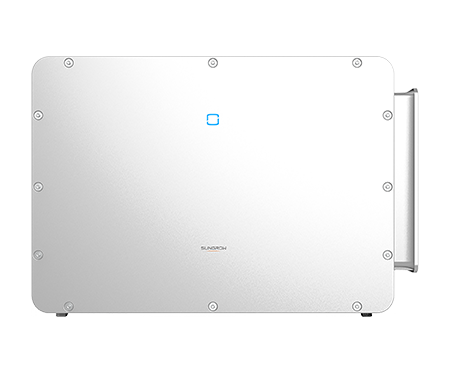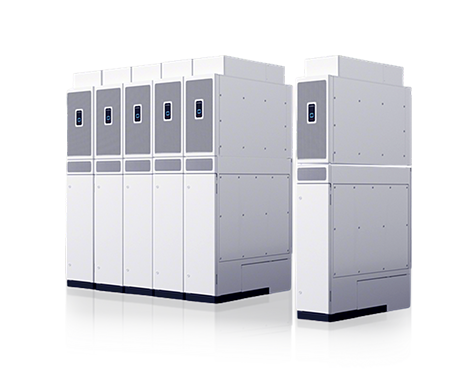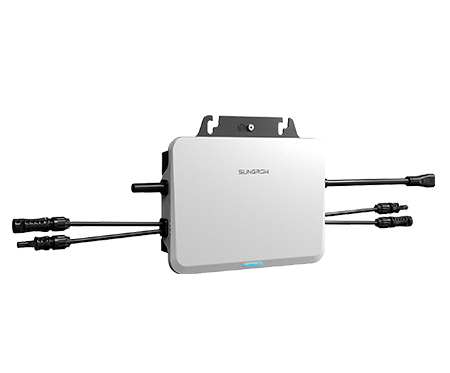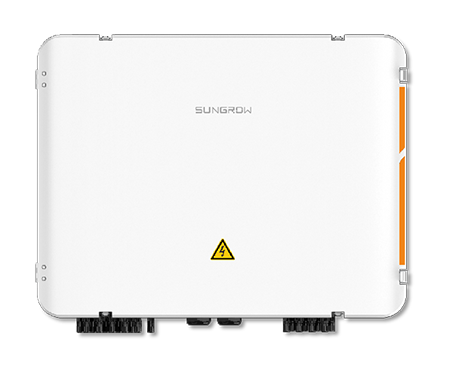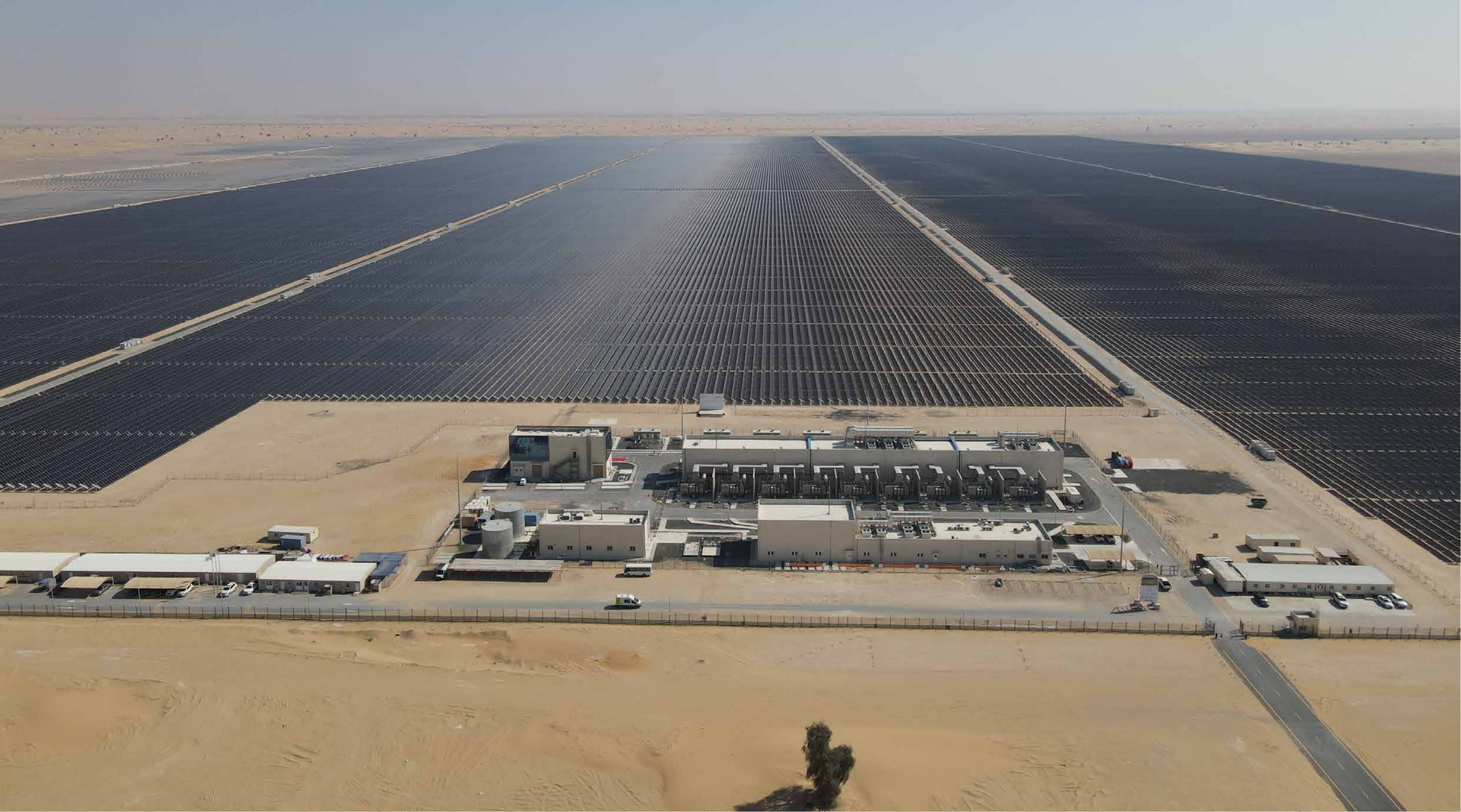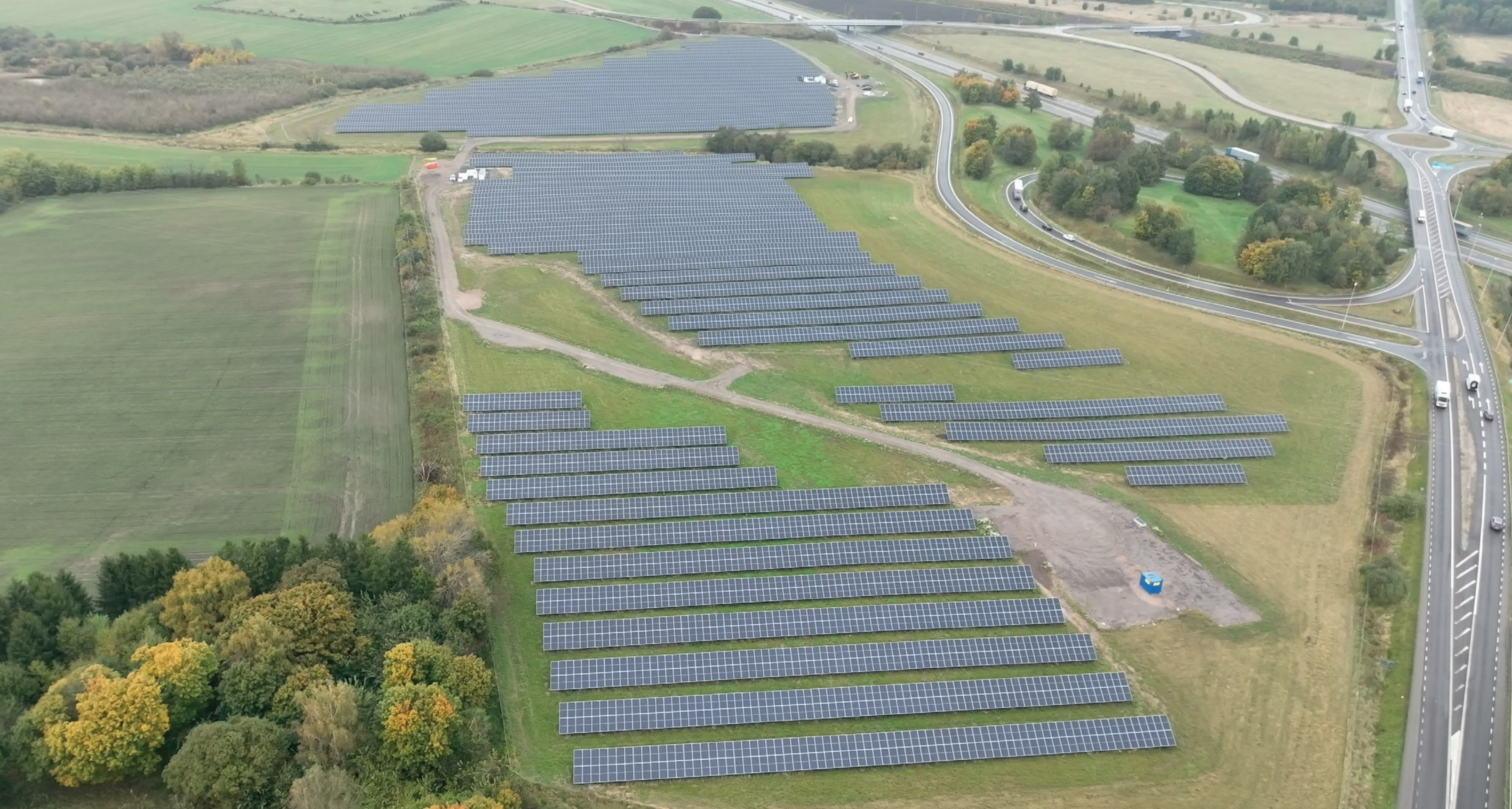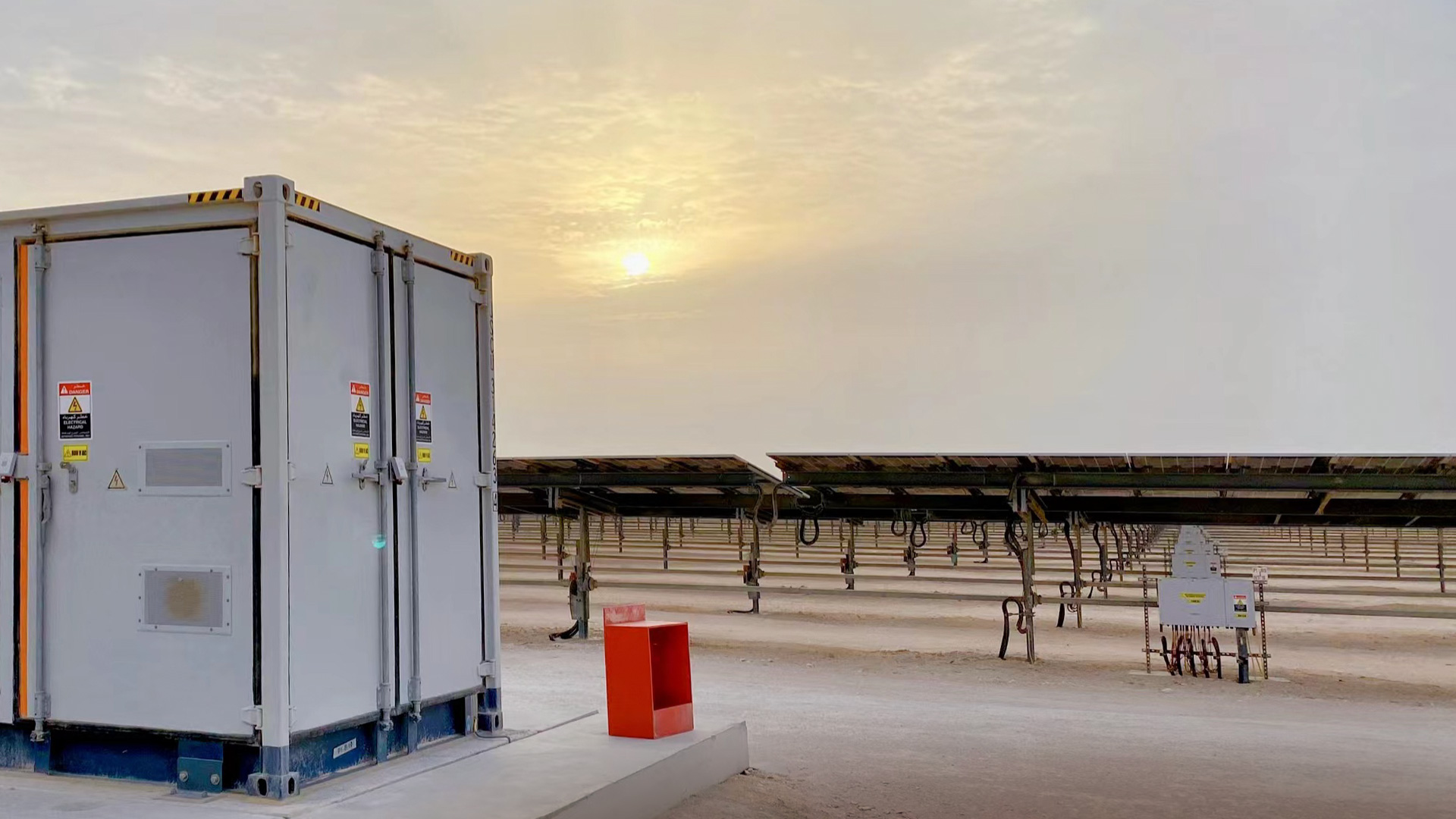
Sand to Solar: 800 MW PV Plant in Qatar
Capacity:
DC: 800 MWp AC: 648 MW
Inverter:
SG250HX-20
EPC:
PowerChina Guizhou Engineering
Off-taker:
Kahramaa
COD Time:
2022. 10
The Background
Carbon neutrality has become a global consensus. In line with this, Qatar has announced a national vision for achieving carbon neutrality by 2030. The capital city, Doha, is located on the southwest coast of the Persian Gulf and is rich in natural gas and oil resources. This 800 MW PV plant is located approximately 80 kilometers west of Doha. It provides competitively priced clean power, reducing Qatar's dependence on fossil fuels and cutting its carbon emissions.
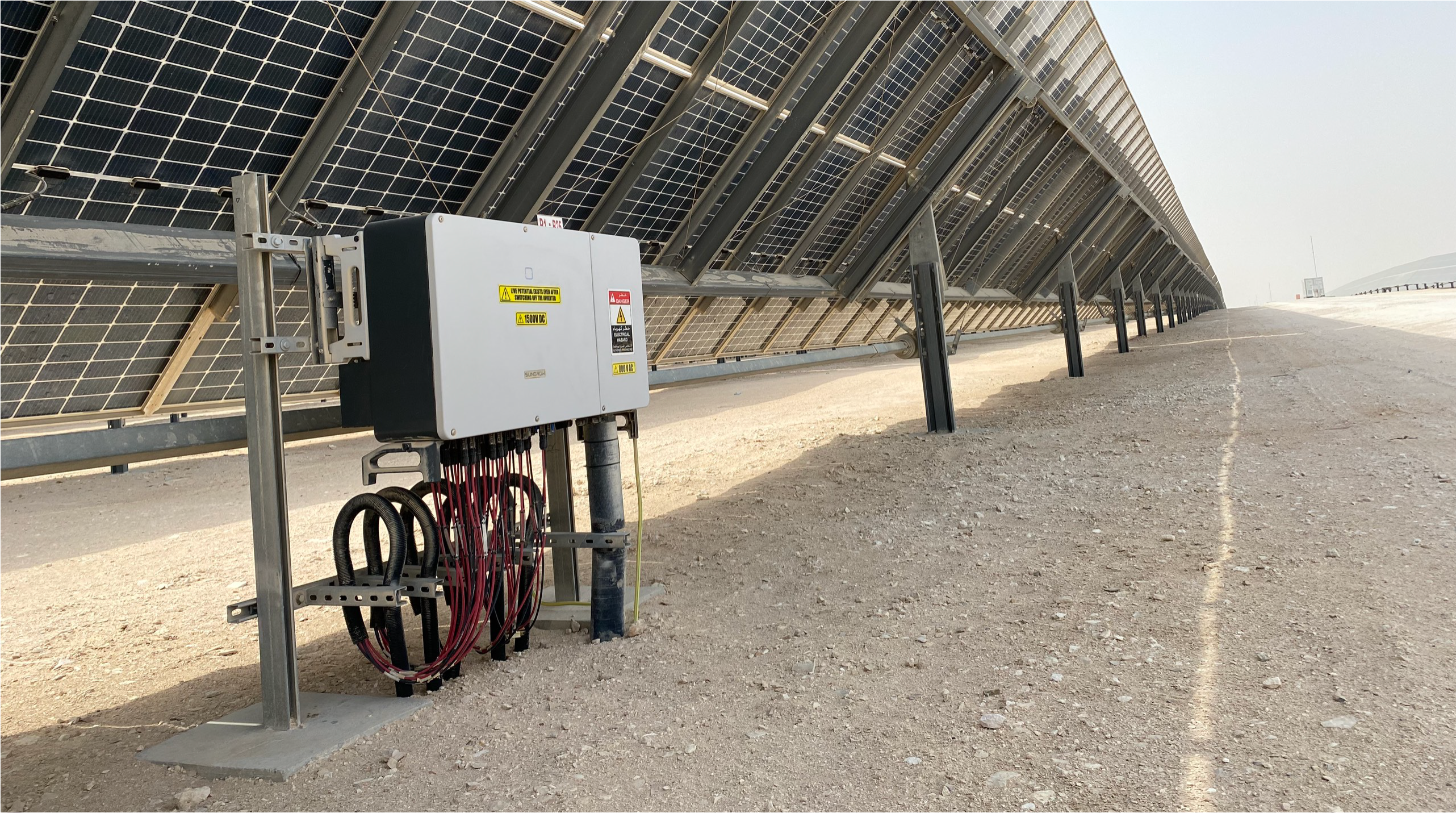
The Challenges
While Qatar is geomorphologically suitable for utility-scale PV plants, the region’s frequent sandstorms and high temperatures (exceeding 50°C / 122°F) pose significant challenges. These harsh conditions make construction difficult and place greater demands on the stable operation of inverters, transformers, and other electrical equipment. Operationally, the 800 MWp plant consists of over 1.8 million modules, where many issues can cause power loss, such as dust shading, panel breakage, and PID attenuation. Traditional I-V curve testing requires specialized equipment and plant downtime, followed by a time-consuming manual search for faults. This process is slow and expensive, significantly increasing the difficulty of O&M.
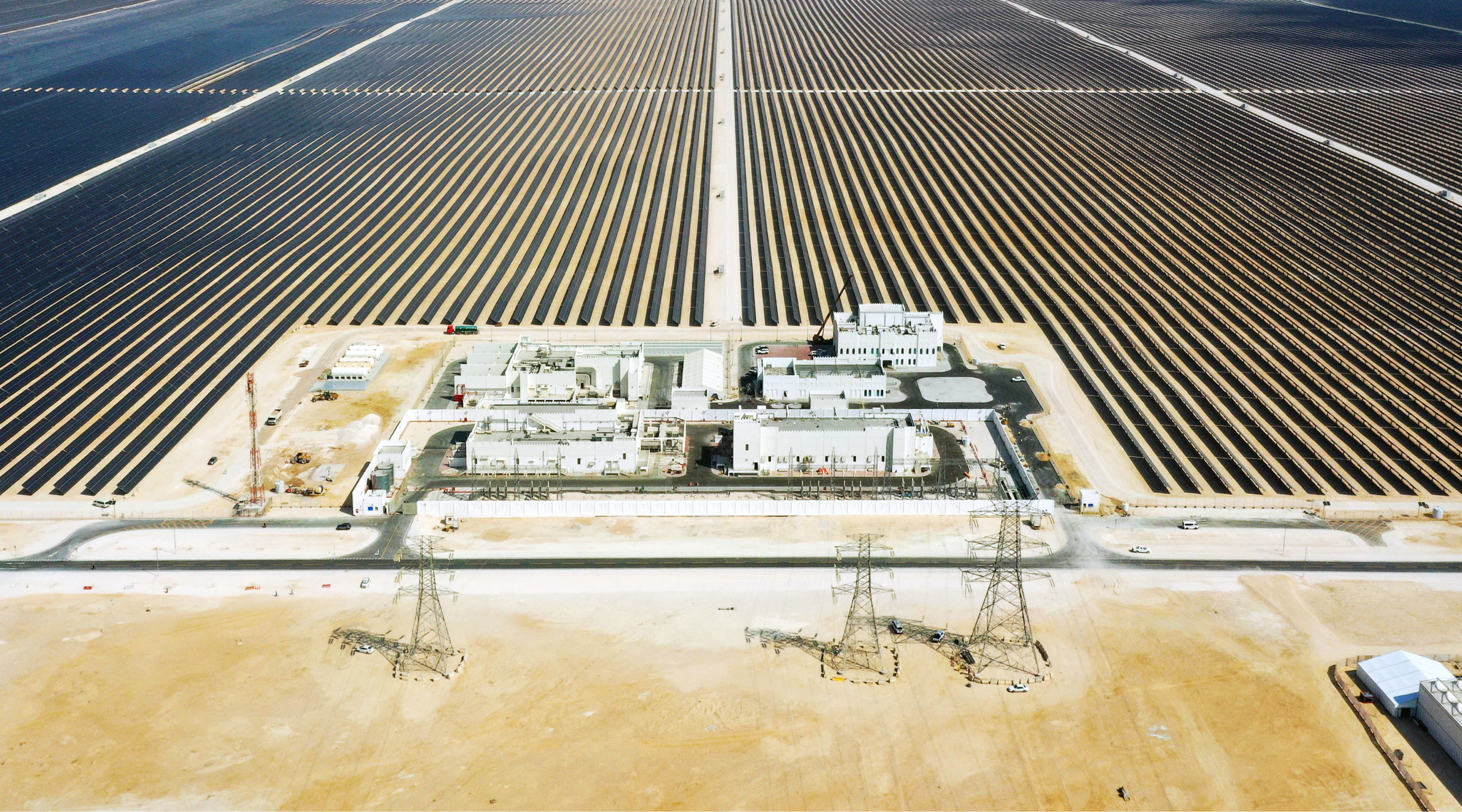
The Solution
Given the project's desert location with its abundant sunlight and high sand reflectivity, the plant utilizes bifacial PV modules with tracking systems to maximize energy capture. This combination means inverters must operate at full rated power for long durations, even in ambient temperatures of 50°C, placing extreme demands on their performance. To meet this challenge, the Sungrow SG250HX-20 inverter uses intelligent air-cooling technology, while the MVS6750-LV MV Station uses a heat exchanger. These efficient heat dissipation technologies ensure the system can operate reliably in Qatar's harsh environment, guaranteeing the owner's return on investment over the plant's life cycle. The monitoring system also features online, smart I-V curve diagnosis. It collects I-V data from each PV string, and advanced algorithms analyze the health of the modules in real-time. The system can then pinpoint any underperforming modules and provide maintenance suggestions to the O&M staff, greatly improving efficiency and reducing power generation losses.
The Impacts
This 800 MWp PV plant is a landmark project for Qatar, providing 1.8 billion kWh of clean power annually—enough to meet 10% of the country’s total electricity demand. By reducing CO₂ emissions by nearly one million tons per year, the plant will cut 26 million tons of CO₂ over its lifetime. The project helped Qatar work towards its National Vision 2030 and fulfill its commitment to host a carbon-neutral FIFA World Cup in 2022. It is key to the nation’s sustainable development and its goal of reducing reliance on gas for power generation.
